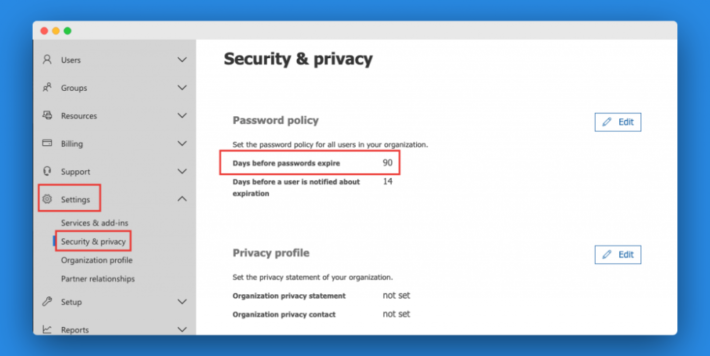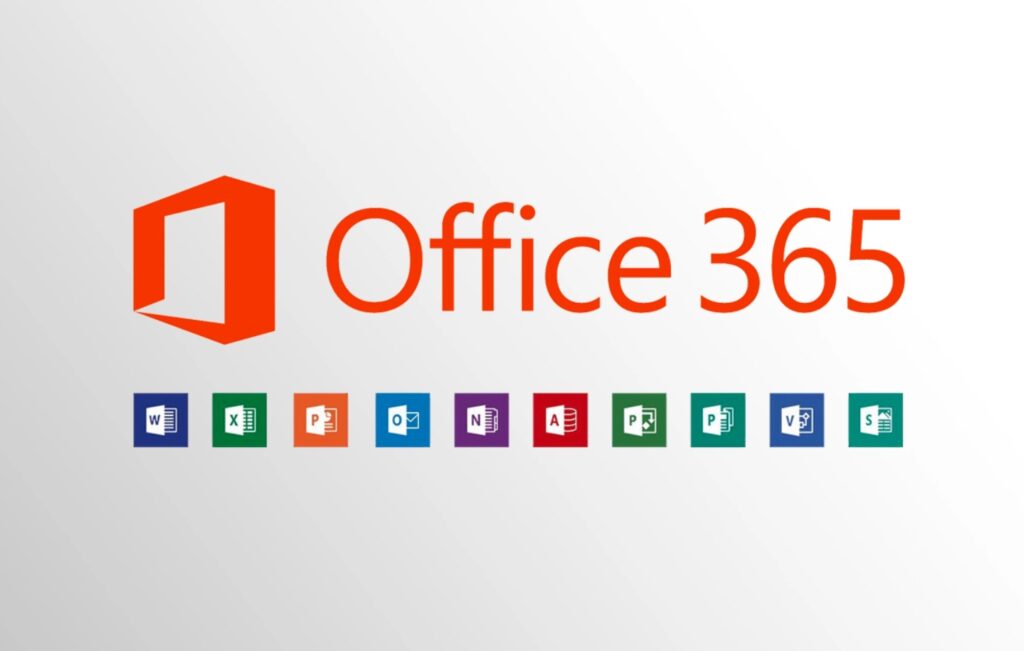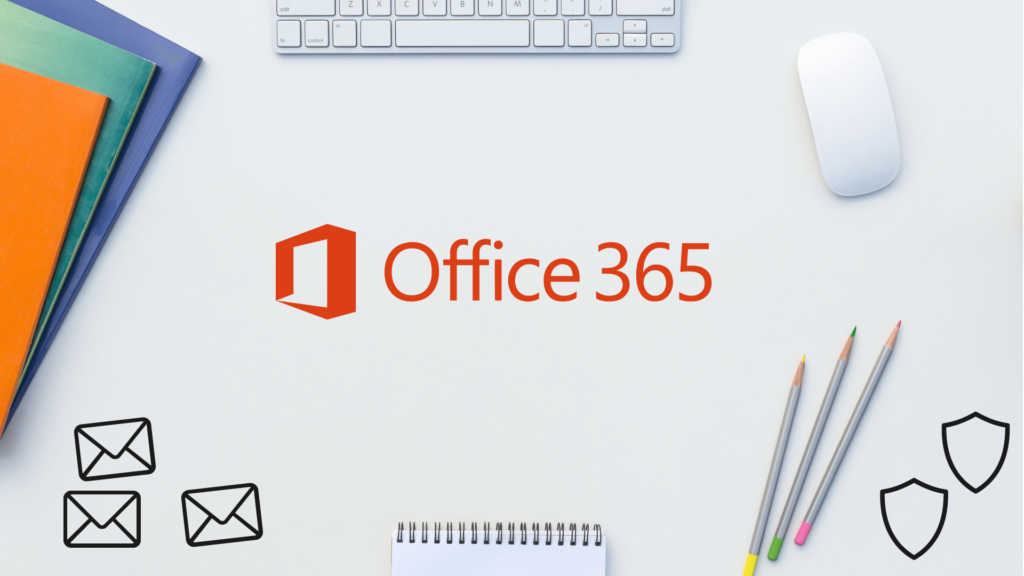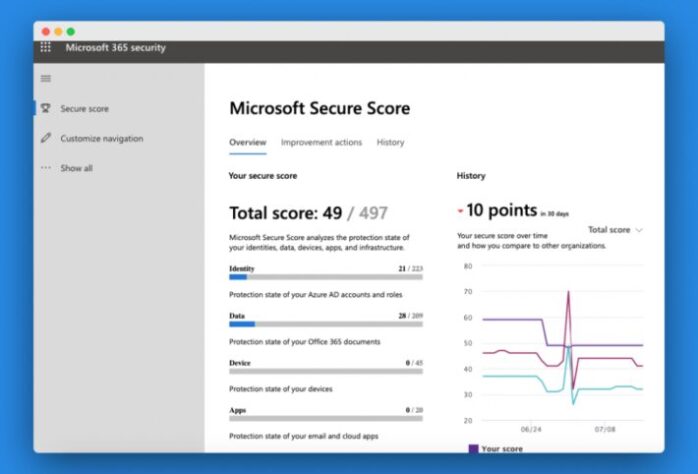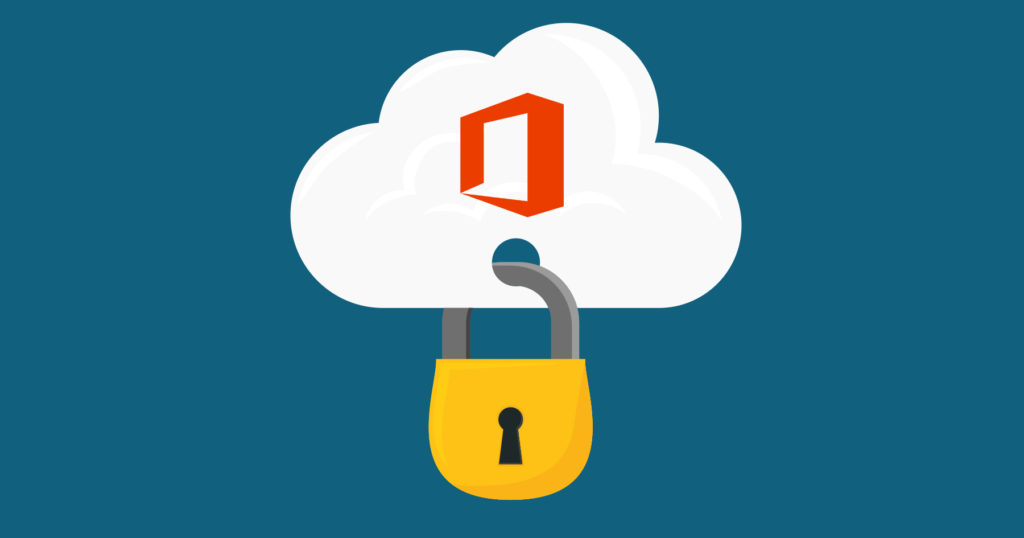
Microsoft Office 365 is one of the most popular SaaS environments in the world. There are more than 200 million active users of Office 365. That’s why keeping data secure is essential. But how to protect your data? We’ve collected 10 essential tips for keeping Office 365 safe.
Create a Strong Password Policy
Having strong passwords is crucial. Yet, often setting up a strong password policy is left behind in favour of more sophisticated security techniques. Neglecting passwords may lead to serious vulnerability, especially against brute-force attacks.
There are essential rules of a strong password policy:
- Do not use simple and obvious passwords like 12345, abcdef, qwerty, and so on.
- The password must be at least 8 characters long. Longer the better.
- Include uppercase and lowercase letters, digits, and special symbols.
- Never use the same password for multiple accounts.
- Set up password expiration correctly. You can do it in the security and privacy settings of your O365 account. Passwords should be changed at least once every 90 days, preferably more often.
Set Up Multi-factor Authentication
Multi-factor authentication (MFA) provides another layer of security by ensuring that only authorized users can access the system and data. MFA double-checks the identity of a user. In addition to password, MFA requires a mobile phone of an authorized user to confirm their identity once again. To confirm the identity, a special code is sent to the user’s mobile device.
It is required to install the Authenticator mobile app to log in to your Office 365 account after MFA is enabled.
Have Your Data Backed Up
Having a backup is one of the best security practices. Backed up data is secure in case of a cyber attack, accidental deletion, or insider threat. With backup, all lost or damaged files can be restored to their original form. What features you should pay attention to while looking for Office 365 backup?
- Backup of various O365 services: Onedrive, Outlook items, Contacts, and others.
- Indefinite data retention.
- Customizable backup frequency.
- Data versioning and point-in-time restore.
- Recovery with preservation of the folder hierarchy.
- 24/7 support.
For example, all of these features and functionalities can be found in SpinOne 0365 backup solution that can be upgraded with additional anti-ransomware features.
Use Anti-ransomware Software
Ransomware is a significant threat to Office 365 corporate users. Hackers launch ransomware attacks to encrypted cloud data and demand ransomware to give it back.
Office 365 has some built-in ransomware protection features. However, it may be a good idea to use third-party software to get an additional level of ransomware protection. With anti-ransomware tools, you can detect and stop a ransomware attack before the virus spreads through the system and encrypt all files.
Control Roles and Permissions in the Security and Compliance Center
Configuring roles and permissions in the Security and Compliance Center is vital to restrict unauthorized access to system-critical data. Permissions and roles determine the data, which can be accessed by a user.
The best way to configure roles and permissions in the Security and Compliance Center is to limit the level of access of users to the level which doesn’t exceed their responsibilities. However, do not over-limit access, or it will have a negative impact on productivity. Finding the golden mean is essential to keep the workflow secure without making it slower.
The global admin role gives the widest options for configuring Office 365 settings. For obvious reasons, global admin access should be used only for the top-level operations. That’s why it’s recommended to create additional accounts for minor security tasks, without involving the global admin’s access. This practice will help to diversify the potential security risks.
Use Office 365 Advanced Threat Protection
Security and Compliance Center has many other features and settings, not only configuring permissions. Office 365 Advanced Threat Protection (ATP), which helps to monitor attachments and detect corrupted ones. Office 365 Advanced Threat Protection includes ATP Safe Attachment protection that ought to be turned on.
First of all, find Threat management in the Office 365 Security & Compliance Center, in the left navigation pane. After that, select Policy and choose ATP safe attachments. After that, you can configure the policy to ensure the security of attachments in your working environment.
Monitor Your Security Score
It’s always good to track your security performance. Within Office 365, you can find out more about the level of your security. Microsoft Security Score, a native O365 tool, will help you. This tools analyzes your cloud data and suggests possible ways to make it more secure.
Use Office Message Encryption
Office Message Encryption is a built-in feature of Office 365. Office Message Encryption gives another layer of security to corporate communications. With email encrypted, only intended recipients can view them.
To encrypt an email, go to Outlook for PC. Select Options, then Permissions. After that, tick Encrypt.
Arrange Cyber Security Trainings
Cybersecurity awareness training should become an important part of any organization’s routine. Educating employees about cybersecurity threats, anti-ransomware measures, ways to spot phishing attacks, and other security-related topics will help you to decrease the probability of a cyber attack.
As a result of training, all Office 365 users should understand the basics of cybersecurity like:
- What is a phishing attack and what are the ways to prevent it?
- What websites and links may be dangerous?
- What are the reasons for data loss and how to avoid them?
- What is tailgating and why is it dangerous?
Though even trained Office 365 users may click a phishing link or accidentally delete important information, the security education helps to decrease the probability of accidents.
Continue to Learn about Office 365 Security
New cybersecurity threats appear constantly, and the ability to react effectively is vital for the security of your Office 365 data. Besides, Office 365 often rolls out new updates and features. That’s why keeping your hand on the security pulse is extremely important. After all, being aware means being secure.

